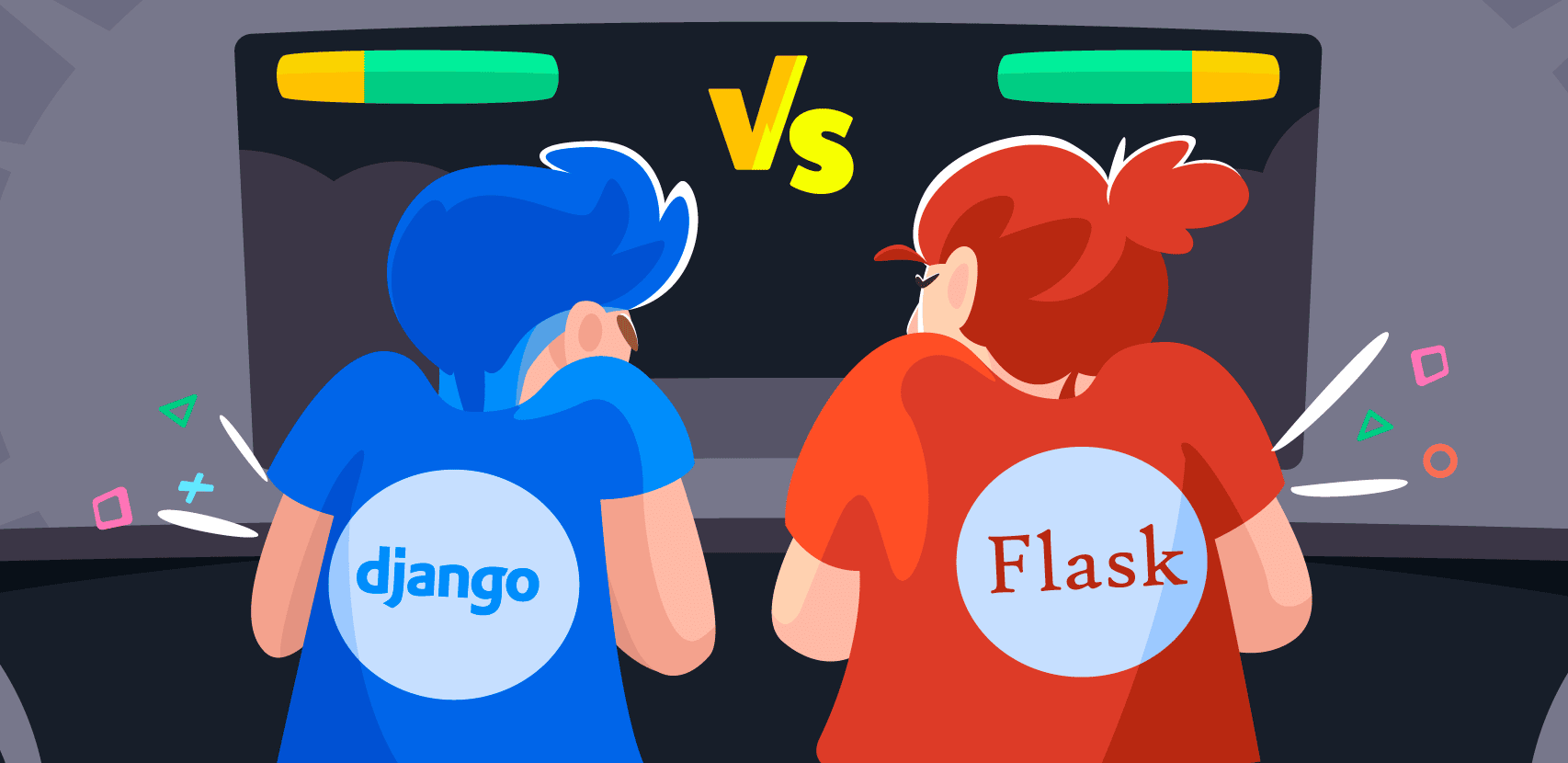
Observability Tools: Cutting Costs Without Compromising on Quality

In software development, striking a balance between cost and quality can sometimes feel as tricky as finding a bug in a spaghetti code. Observability tools face a similar dilemma, often consuming a significant portion of the budget and growing significantly year over year. The irony? The vast majority of the data gathered is never used.
As is often the case, the driving force behind this trend is not an emotional response. It’s one that’s more commonly seen in social circles than in software engineering. If you’re assuming that we’re speaking about FOMO (the Fear of Missing Out) you’re correct. Specifically, here we’re speaking of a very specific type of FOMO called ‘Logging FOMO’.
This ‘Logging FOMO’ creates an atmosphere where data is endlessly collected and stored, much like my wife’s collection of “just in case” items (I love you, hon!). Engineers, driven by the apprehension of missing out on a critical log that could hold the answer to some future doomsday bug, continually log data, leading to a surplus of irrelevant information. The fear of the unknown has a prominent role in this dynamic. The notion of the missed log being the key to preventing some hypothetical armageddon encourages engineers to cast an overly broad net with their observability tools. However, this leads to a paradox of plenty – too much data, too little time, and often too few useful insights.
Jokingly, we often compare logs to Schrödinger’s cat – they’re simultaneously extremely useful and utterly useless until you observe them. But what if we could ensure that engineers can get the data they need, when they need it, without this looming fear? Enter dynamic observability – a possible solution to break this cycle of fear and wastage.
What Is Dynamic Observability?
We can all agree that the traditional approach to observability often leaves engineers overwhelmed and organizations over budget. Attempting to collect everything needed to answer every possible question in a cost-effective manner is a fool’s errand. Dynamic observability is an evolution of static observability and has been created for the needs of the modern, fast-paced world of software development.
Dynamic observability is about creating tools and processes that allows engineers to interrogate their applications and get answers to their questions in real-time. Rather than continuously collecting, storing, and sifting through endless data points “just in case,” developers are able to collect the needed data at the appropriate time. It gives engineers the power to investigate and understand their software systems in-depth at any given moment.
This shift from a static, always-on data collection to a more intelligent, on-demand data retrieval is the core of dynamic observability.
This method has changed how engineers interact with their organization’s systems and data, tackling every question with prime data of choice rather than wading through an ocean of (useless) logs. It’s about working smarter, not harder, and turning the fear of missing out into confidence in finding out.
Cutting Back on Logging: The Secret To Cost Reduction
If you look at most logging aggregation environments out there, you’ll quickly see that developers are responsible for a disproportionate slice of the logs. After all, ops and support tend to stick to the high-level logs they are familiar with, while developers are diving deeper into those obscure, debug-level logs nobody is familiar with.
If your software engineers are now relying on dynamic observability, you’ll probably find that 80% (or more) of your logs are not needed anymore. Not even for those pesky “just in case” scenarios.
The easiest and first step to cost reduction is to turn down log verbosity. After all, if you have live logging and snapshots at your fingertips, what are you really missing out on?
Next, you can confidently apply a more aggressive log management strategy. This can include steps such as removing (or converting to metrics) noisy, frequent, or large logs. You can read all about it right here. You’ll find that once developers are no longer as attached to those individual log lines, those very difficult tradeoffs you’re weighing will be made so much easier.
Not Ready to Go Cold Turkey?
Changing people’s habits can seem a bit of a daunting task at times, and quitting on your continuous dose of logs in favor of a promising new replacement might be too much for the faint of heart. This is where a recent paradigm shift in logging comes to the rescue.
Your log pipeline and/or provider most likely offers ways to easily archive logs to cold storage and load them on demand. This will often result in 90% of the aforementioned cost savings while still offering you a safety net. If something goes wrong, if you do end up needing one of those logs for whatever reasons, they are just a few clicks away.
Static Observability is Inherently Overpriced
The fear of the unknown should not drive your cloud observability strategy nor balloon your costs out of control By giving engineers alternatives to overlogging, you will not only make them happier and more productive, but you’ll also see your Observability costs drop.
This is where Rookout’s Developer-First Observability tools come into play. Designed to answer the questions software engineers ask day in and day out, Rookout provides a dynamic observability solution that cuts through the noise. Its live debugging and live logging capabilities allow engineers to understand their code’s behavior without the need for additional coding, redeployments, or restarts.
So what are you waiting for? Empower your engineers. Reduce your logging costs. Embrace the future of Observability. It’s really that easy.
If you want to hear more on this topic, check out my webinar with SDTimes here.





